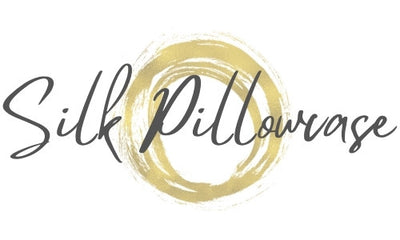Why Calidad Home chose cashmere
First of all, let us tell you a little about why we introduced cashmere wraps and scarves to our range. At the outset, we decided to set up a company offering the finest silk pillowcases in the world. Hence Calidad Home was born. Our range has now expanded somewhat from the original ivory silk pillowcase that was initially the only item we stocked.
Today, Calidad Home offers 22 momme, grade A long strand mulberry silk pillowcases in 18 colours. Including the tie-dye pattern which is the most recent addition to the range, as well as 3 animal prints and 14 plain shades. We also sell pure silk scrunchies in similar colours, and have just added silk scarves - available in Mandala or leopard print - to the collection.
What was the next step? After much consideration, we decided to stick with what we know best - and what our customers clearly love. Luxury fabrics. Not only that, but the finest materials on the planet. Cashmere was thus a natural choice, and when we sourced a supplier of fine Scottish cashmere the decision was made.
